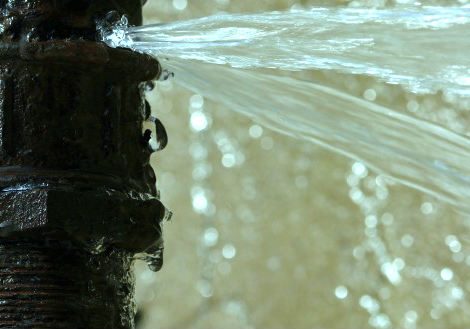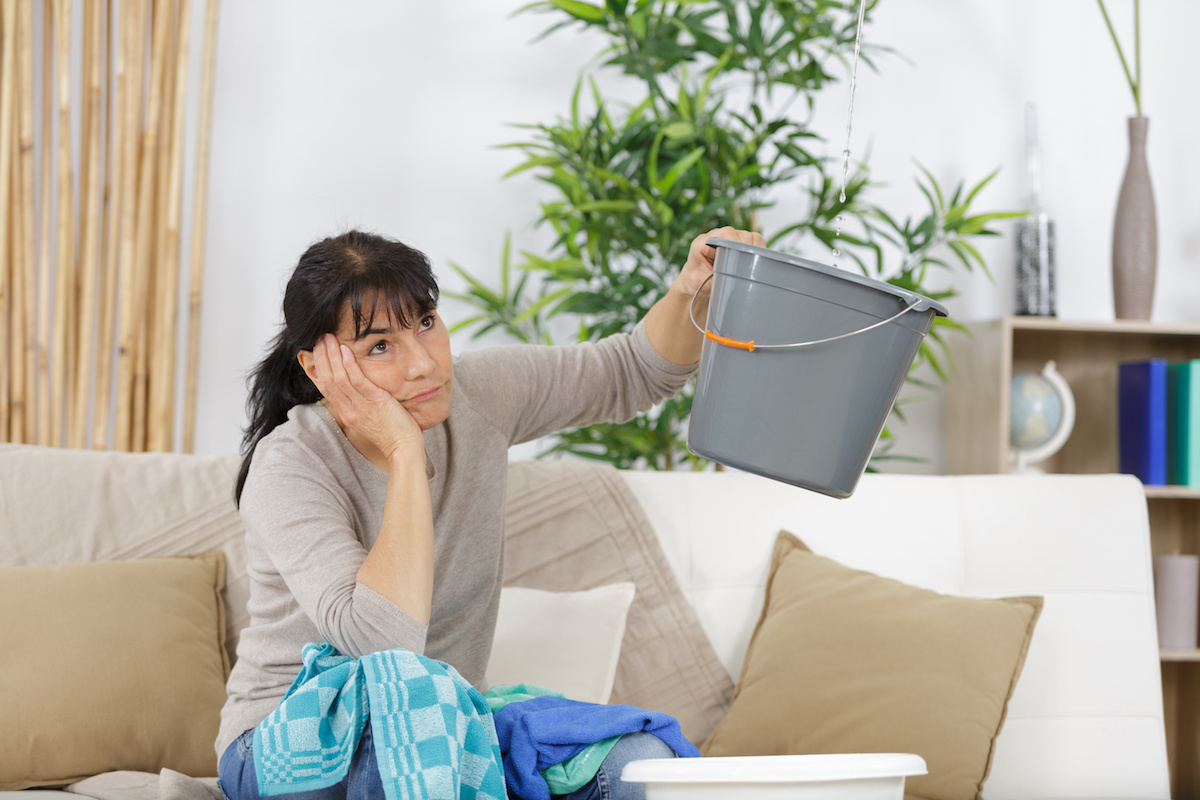The article author is making a number of great observations on the subject of How to Prepare for Your Dishwasher Installation overall in the article beneath.

A ruptured pipeline is a major emergency; you can only stand as you view water you pay dearly to rejoin with the planet. In even worse cases, you observe a pool on your cooking area flooring, which is a terrific trip threat, particularly if you have children around. If the pipe that ruptured was in your wall surfaces, bad news: you might need to repaint that whole area.
How can a tragedy like a burst pipeline be stopped as well as managed? Well, by listening to your professional emergency plumbings and adhering to these policies.
Exactly how do I know when my pipes have ruptured?
Changing water pressures
Pipelines do not simply burst in a day. You may have discovered that your kitchen faucet or shower does not run quickly when you turn the tap. It might pause for a few secs and after that blast you with even more force than typical.
In various other instances, the water might appear normal in the beginning, then decrease in stress after a few seconds.
Damp wall surfaces and water discolorations
Before a pipe ruptureds, it will certainly leak, many times. If this relentless leaking goes undetected, the leakage may finish into a large wound in your pipe. One easy method to prevent this emergency is to watch out for damp wall surfaces advertisement water stains. These water spots will certainly lead you right to the leakage.
Puddles under pipes and also sinks
When a pipe bursts, the discharge develops a pool. It may appear that the puddle is growing in size, as well as despite the amount of times you wipe the pool, in a few minutes, there's one more one waiting to be cleaned. Frequently, you may not have the ability to map the pool to any noticeable pipelines. This is an indicator to call a professional plumber.
Untraceable dripping sounds
Pipeline ruptureds can take place in one of the most undesirable locations, like within concrete, inside wall surfaces, or under sinks. When the house goes quiet, you might have the ability to listen to an aggravatingly relentless dripping sound. Also after you've inspected your shower head and cooking area tap, the leaking may proceed.
Beloved viewers, the trickling might be coming from a pipe inside your walls. There isn't much you can do concerning that, except inform an expert plumber.
Turn off the Water
When water freezes, it expands in volume by about 9 percent. And it expands with incredible force: The stress inside pipelines may go from 40 pounds per square inch to 40,000 psi! No pipeline can hold that much pressure, so it breaks open. The break might happen where the ice forms, but more frequently, it occurs where water pressure finds a weak spot in the pipeline. That may be inches or perhaps feet from the icy area. Find the water shutoff valve as well as switch off the water to avoid more damage. You might additionally need to turn off the electrical power too, depending upon where the leaks occurs and how huge it is.
Polluted water
Many individuals presume a burst pipe is a one-way outlet. Fairly the contrary. As water spurts of the hole or gash in your plumbing system, impurities find their method.
Your water might be infected from the source, so if you can, inspect if your water storage tank has any troubles. Nevertheless, if your alcohol consumption water is provided and cleansed by the city government, you should call your plumber immediately if you see or scent anything amusing in your water.
What do I do when I spot a ruptured pipeline?
Your water meter will certainly remain to run even while your water wastes. To decrease your losses, discover the main controls and transform the supply off. The water mains are an above-ground framework at the edge of your residential or commercial property.
How to Fix & Detect a Leaking Pipe
How Do I Know if a Pipe is Leaking?
Leak detection tests can help you determine if your pipe has a leak. Even if you don’t see an apparent leak, you should still conduct leak detection tests regularly to save water and money—and prevent major damage to your home.
Water meter. It can be helpful to figure out what your usual water meter usage numbers are and then monitor them regularly. To monitor your meter, first, turn off all water faucets in your home. Check the meter and write down the numbers. In a few hours, check the meter again. If the numbers have changed, you have a leak. Water gauge. Use a water gauge to test your water pressure. Your showerhead should produce a certain amount of water pressure based on its model and design. If the pressure is lower than it is supposed to be for that specific showerhead, your home likely has a leak. Puddles. Look inside your bathroom, laundry, and kitchen sink cabinets. Puddles around the cabinets or around toilets, tubs, showers, and washing machines indicate the presence of a leaking pipe. You may also notice loose tiles, peeling or flaking paint, or mold caused by water accumulation. Napkin test. Even if you don’t see any puddles, you may still have a leak. You can test for water leaks in the bathroom, laundry, and kitchen by wiping below-sink connections with a napkin, paper towel, or piece of toilet paper. If it becomes damp, you probably have a leaking pipe under the sink. Discolored walls. Walls that are discolored—usually with brown or yellow stains—or bulging might mean that they have been impacted by water damage caused by a leaking pipe. Smell. A leaky pipe will create sitting water, and over time, that water may develop a musty smell. If your home smells musty, but you can’t locate the source, it may be due to a leak. Steps for Fixing a Leaking Pipe
A leaky drain can be remedied by tightening the pipe base, replacing the drain seal, caulking the rim, and tightening the pipe nut. Similarly, a leaking toilet pipe can be treated by tightening the packing nut. You may also need to replace the valve. A leaky faucet may just need tightening or replacement of the washers. If that doesn’t work, consider replacing your faucet. If your pipe has a hole in it, you may want to use a pipe leak sealer or pipe leak tape. This quick fix for water pipe leaks can also temporarily fix a copper pipe leak. https://www.ahs.com/home-matters/quick-tips/how-to-tell-if-pipes-are-leaking/

Hopefully you enjoyed our article about What to Know Before Installing a Dishwasher. Many thanks for taking a few minutes to read through our article. If you liked our blog post plz make sure you remember to pass it around. We value reading our article about How to Install and Connect a New Dishwasher.
Reliable help, dial now.